

Charging stations represent the backbone of the electric vehicle (EV) revolution, enabling cars to recharge their batteries quickly and reliably. The concept of “Charging Stations: Insights and Solutions” highlights both the technological developments and innovative strategies being applied to accelerate charging infrastructure growth and improve user experiences. Rather than focusing only on hardware, this approach analyzes network availability, smart payment options, user interface features, and policy support within the context of the United Kingdom’s rapidly expanding EV market.
As electric mobility gains pace in the UK, ensuring accessible, efficient, and intelligent charging solutions has become paramount. The government’s ambitious emission targets and increasing EV adoption rates have led to an evolving network of public, residential, and commercial stations—all with unique challenges and demands. Industry leaders and technology providers continue to devise smarter ways to address these, incorporating features such as rapid charging, real-time data analytics, and interoperable payment systems.
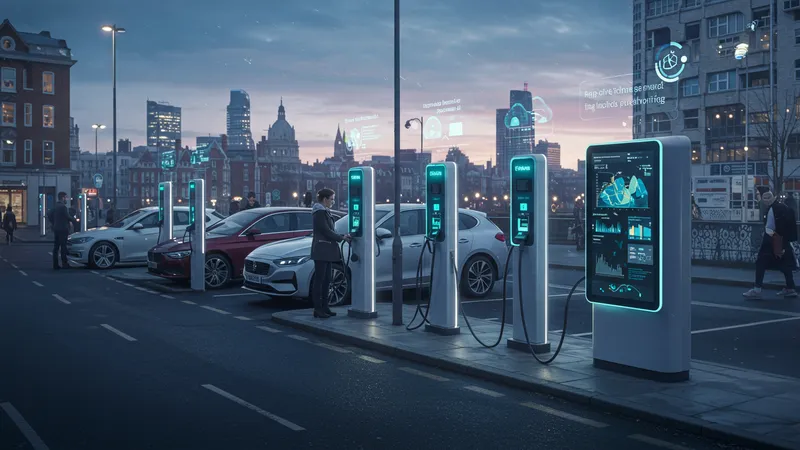
The UK charging landscape features a strong blend of public and private solutions. Pod Point has emerged as a widely accessible network with stations at supermarkets, shopping centres, and transport hubs, offering easy-to-use interfaces and competitive rates. Their nationwide coverage has made them a top player in bridging urban and rural access gaps. Pod Point’s integration with many leading car brands elevates its position as a go-to charging provider for drivers prioritising convenience.
Octopus Electroverse offers unification across different networks via a smart app and RFID card, simplifying the experience for motorists who regularly use multiple providers. This blockchain-enabled solution is innovative in its transparent billing and seamless roaming functionality, delivering, for the first time in the UK, a truly interoperable EV charging approach. Electroverse addresses a major friction point in the UK—fragmented payment and authentication between providers.
BP Pulse is notable for its ever-expanding deployment of rapid and ultra-rapid chargers along strategic UK corridors. Their app-based and RFID-enabled access facilitate quick, reliable stops for commuters and fleet operators. BP Pulse’s strong brand presence and ongoing investment in high-speed charging technologies have made it an appealing choice for those prioritizing shorter charging times and network reliability.
The UK government supports expansion through grants for home and workplace charging, in conjunction with efforts to standardise public charge points. The interplay between public policy, user-centric technology, and business investment is crucial in overcoming infrastructure bottlenecks. Though each solution has unique features, together they shape the competitive and collaborative landscape underpinning UK mobility transformation. The deeper details reveal even more valuable insights ahead…
Network coverage stands out as a critically important feature for charging station solutions in the United Kingdom. For EV users, an extensive network means reduced range anxiety and more flexible travel. Pod Point leads with over 7,300 public charge points across the UK, integrating with supermarkets like Tesco and Lidl. This broad presence allows users to charge conveniently during daily routines, highlighting the importance of strategic partnerships in expanding access and visibility for the network.
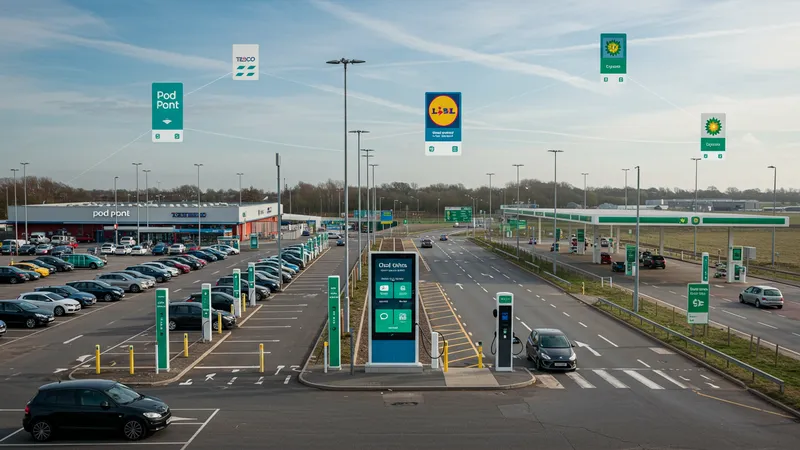
In terms of user accessibility, BP Pulse continues to gain traction by installing rapid chargers along motorways and A-roads, often in collaboration with major retailers and service stations. These placements are designed to mirror traditional fuel station experiences, providing a familiar sense of reliability and convenience to new EV users. The ability to handle contactless payments and app-based navigation further streamlines the process, demonstrating how accessibility is both physical and digital.
Zap-Map reports that over 80% of UK EV owners consider the ease of locating and paying for a charger as top priorities. This sentiment drives the development focus for networks like Octopus Electroverse, whose ‘one-card-for-all’ system eliminates the complication of needing multiple memberships or smartphone apps. Such interoperability is increasingly recognised as fundamental to mass EV adoption in the UK, influencing technology choices across the sector.
Efforts to prioritise placement in both densely populated urban areas and underserved rural regions demonstrate commitment to inclusivity. Public funding incentives target ‘charging deserts,’ while data-driven siting tools guide private developers to locations with maximum impact. As coverage grows, the focus shifts to optimising the user interface and ensuring each station is as intuitive and accessible as possible. The next page will examine how pricing models and payment technology shape the user experience.
The pricing structures associated with charging stations play a significant role in their adoption and sustainability across the United Kingdom. Pod Point utilises a tiered model based on location and speed, with rates typically ranging from £0.40 to £0.55 per kWh. This transparency allows users to compare rates and plan journeys economically. The network also offers free charging in select supermarket locations, encouraging adoption among first-time EV drivers and increasing foot traffic for retail partners.
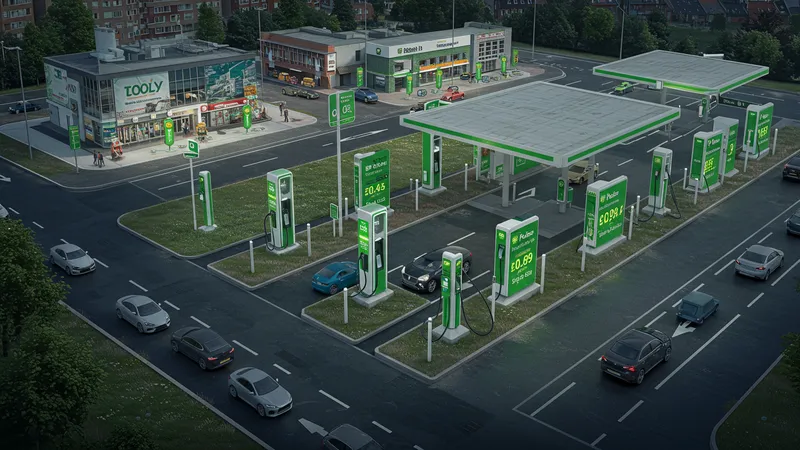
BP Pulse differentiates between standard and rapid stations, charging £0.49 and £0.69 per kWh, respectively. While rapid units incur a premium, they are especially valued on strategic roadways for their ability to recharge most EVs within 30 minutes—a critical time-saving factor for drivers using the UK’s extensive motorway system. The network’s subscription options can yield further savings for regular commuters and fleet managers.
Octopus Electroverse stands out for integrating real-time pricing and unified billing across multiple networks. Users receive a single monthly invoice regardless of how many providers they access through the system. This clarity helps avoid confusion and budgeting surprises, fostering consumer trust. Electroverse's dynamic pricing, reflecting electricity market fluctuations, can further reward drivers who charge during off-peak hours.
The shift toward contactless payments and smartphone integration simplifies the process, particularly for infrequent users or tourists. Government regulations in the UK now require that new rapid chargers support card payments and display transparent pricing. As consumers grow accustomed to cashless travel, the convergence of pricing clarity and user-friendly payment options will continue to drive adoption. Next, we explore how technical advancements are shaping future-ready charging infrastructure.
Cutting-edge technical improvements shape the charging station landscape, enhancing performance and user experience in the UK. Pod Point recently introduced software updates that enable dynamic load balancing, helping to manage local grid constraints and distribute electricity more efficiently. This feature is vital in dense urban areas, where power demand surges during peak hours. Such smart technology ensures stations remain operational while reducing the risk of grid overloads.
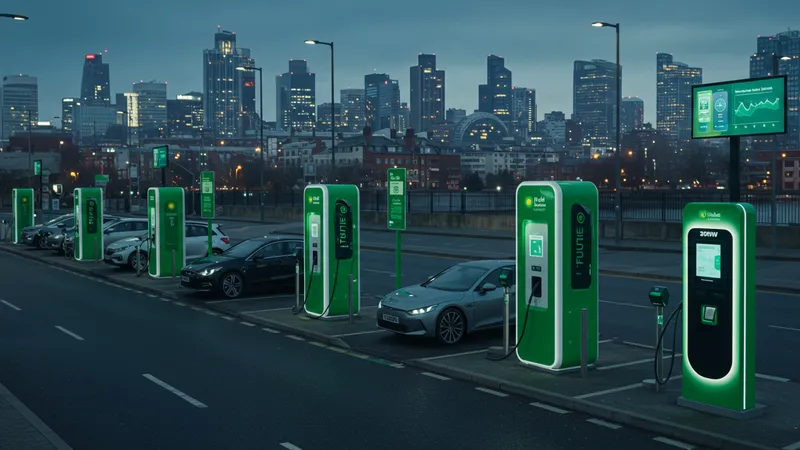
BP Pulse has invested heavily in ultra-rapid charging technology, with new installations supporting up to 150kW or even 300kW. These advances make it possible for the latest EV models to gain hundreds of miles of range in under half an hour, which is particularly significant for long-haul drivers and fleets. The company’s mobile app provides real-time availability, charger status, and remote activation—streamlining both route planning and actual charging stops.
Octopus Electroverse’s strongest innovation lies in its interoperability. The integrated platform works across various hardware brands and charging networks, letting users start a session with a single RFID card or app. Features like route planning, charger ratings, and live status updates further reduce uncertainties, supporting both local journeys and cross-country travel within the UK.
Industry-wide, features such as automated fault reporting, 24/7 customer support, and app-based loyalty rewards are gradually becoming standard. These enhancements respond directly to user feedback, illustrating the UK market’s shift from pure infrastructure buildout toward holistic, customer-centric service models. The following section will explore the regulatory frameworks and policy solutions accelerating further improvements.
The regulatory landscape in the United Kingdom has a direct impact on the growth and effectiveness of charging station solutions. The government’s Office for Zero Emission Vehicles (OZEV) spearheads initiatives like the EV Homecharge Scheme and Workplace Charging Scheme, providing funding to property owners and businesses to install chargepoints. These incentives are crucial in extending coverage beyond the public network and empowering private investment in EV infrastructure.
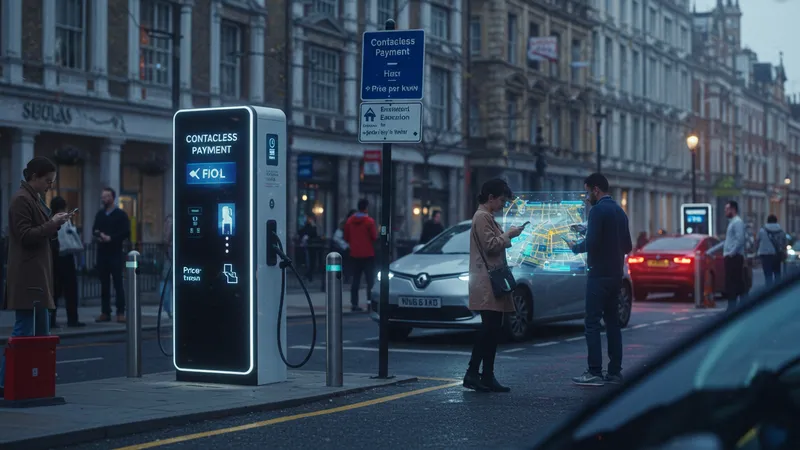
Recent regulation requires all new rapid charge points to support contactless payment and display price per kWh, standardising user expectations and streamlining oversight. Publicly funded stations must also publish live status and availability data, allowing integration with third-party apps such as Zap-Map or Octopus Electroverse. This focus on transparency ensures that users have reliable information and can avoid out-of-service stations or costly detours.
The government’s commitment to phase out new petrol and diesel vehicles by 2035 places additional urgency on charging network expansion. Developers are now encouraged to install fast chargers in new-build homes and commercial parking lots, anticipating future demand and reducing installation costs. Local authorities receive resources and guidance to address rural access gaps and promote inclusive infrastructure planning.
Looking to the future, UK solutions will likely focus on grid integration, renewable energy sourcing, and smarter charging scheduling. Ongoing pilots explore vehicle-to-grid (V2G) capabilities, allowing EVs to return electricity to the network at peak times. As these innovations enter the mainstream, charging stations will become even more integral to the country’s sustainable mobility transformation, changing daily life across urban and rural communities.